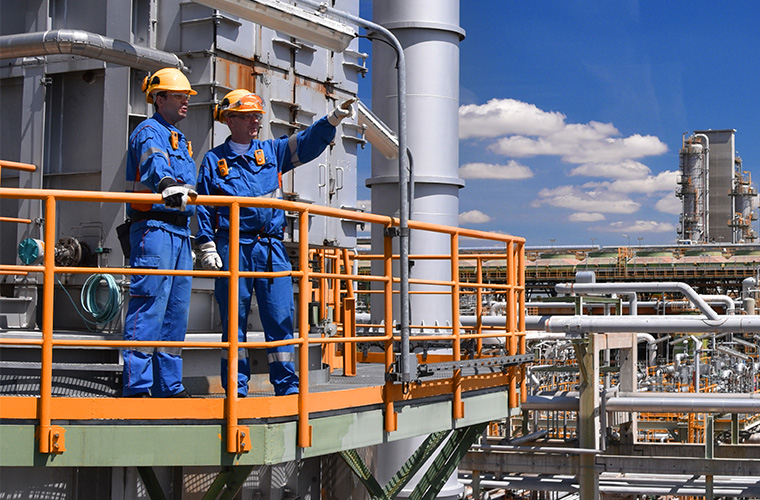Main Menu
- Home
- Products
- Applications
- Product Support
- Service
- Learn
- Product News
- About Us
- Contact Us
 In industrial settings, both noise and human vibration pose significant risks to workers, leading to potential hearing loss, musculoskeletal disorders, and safety hazards. Accurate assessment and monitoring of noise and vibration levels are crucial for
ensuring worker safety and compliance with occupational health regulations.
In industrial settings, both noise and human vibration pose significant risks to workers, leading to potential hearing loss, musculoskeletal disorders, and safety hazards. Accurate assessment and monitoring of noise and vibration levels are crucial for
ensuring worker safety and compliance with occupational health regulations.
Excessive workplace noise and vibration can impair communication, increase stress, lead to musculoskeletal issues, and result in long-term hearing and physical damage. Monitoring and controlling these exposures help in maintaining a safe working environment and reducing health-related issues.
Larson Davis offers advanced solutions not only for noise measurement but also for vibration analysis. These include dosimeters, sound level meters, and human vibration measurement tools that help identify high-risk areas and enable effective implementation of control measures.
Once noise and vibration levels are assessed, it’s important to implement engineering controls, administrative actions, and personal protective equipment (PPE) such as earplugs, earmuffs, and anti-vibration gloves to minimize exposure.
Regular monitoring and control of noise and vibration are vital in industrial settings to protect workers from related health issues. With advanced tools like those from Larson Davis, companies can effectively manage exposure and enhance workplace safety.
By addressing both noise and vibration, companies with a wide array of manufacturing and industrial settings can ensure the well-being of their employees and maintain compliance with occupational standards.